Footwear
Appropriate footwear is essential for reactive training however this does not mean that footwear must be worn as it also depends on the demand on the individual as some individuals may require barefoot conditioning depending on their individual needs while also foundational training should be performed to strengthen the structure of the foot.
When evaluating footwear, function and fit are two important considerations. In regards to function choose footwear that is specifically designed for the activity and playing surface. For example, molded and screw-in-type cleats are designed for use on natural grass surfaces. Different lengths of screw-in cleats can be used, depending on the size of the athlete, the requirements of the activity, and the training and competition surfaces. There maybe some compromise depending on training vs playing surfaces.
The fit of the footwear is critical for comfort and performance. An athlete should select the footwear that is best for their foot rather than basing their decision on the latest fashion or superstar endorsements. When it comes to proper training footwear, always choose function over form.
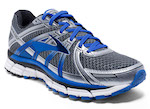

Training Surfaces
Ideally, athletes should train on the same surface on which they compete. However, this is not always possible and in some circumstances it may warrant a difference, for example, weather that presents a safety issue. This could be because of potential overuse injury potential from training on hard surfaces . The preferred surface for conditioning and performing reactive training will vary greatly but injury prevention should always be of first concern. If training outdoors there are additional safety to take into consideration such as when when the surface is too soft, wet, or slippery. Surfaces should be smooth and the area should be clear of any obstacles that could obstruct moving in all directions. Stay clear from things like trees, drainage, playground equipment, blocking sleds, sidewalks, and training equipment that isn’t being used
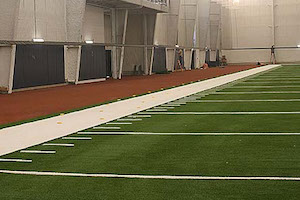
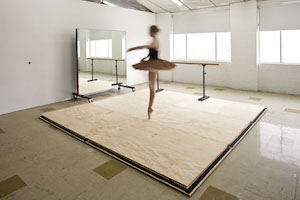
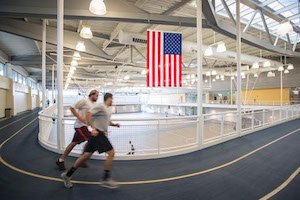
Training Equipment
Use the appropriate equipment for the reactive exercises being performed.
Jumping, hopping or bounding over medicine balls could increase risk of injury if the individual lands on the ball.
Using hurdles correctly having the set to flip if the individual catches the hurdle rather the cause to individual to trip over the hurdle and potentially cause injury.
Environmental Conditions
A combination of heat and humidity can pose a threat to an individual health status. Heat illness such as dehydration, heat syncope, heat exhaustion, and heat stroke are responsible for many deaths every year during competition or training. It is essential that you are able to identify contributing factors and take precautionary measures to prevent heat illness.
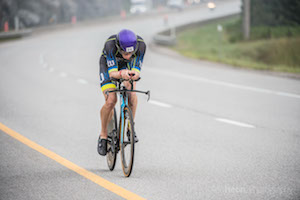
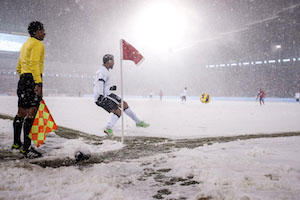
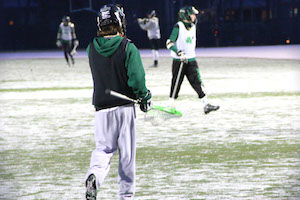
General guidelines for preventing heat illness include the following:
- Avoid training outside during extreme conditions.
- Natural sun protection my necessary to prevent injury from the sun if the individual is not conditioned for the sun exposure or the sun exposure is excessive.
- Wearing loose-fitting clothing and clothing that breathes are important to allow for moisture to escape so that the individual can cool off.
- They should take time to gradually get used to the heat. Some “heat” conditioning maybe useful using an infrared sauna.
- Individuals need to stay hydrated but especially when training outside in the elements.
- There are exceptions to the first guideline, where it is advised to avoid training outside during extreme conditions. There maybe times where the individual may need to perform in such conditions such and with a triathlete that cannot predict the weather conditions on the day of the race and has only trained in perfect conditions and then to have rain on the day of the race. On the extreme end when looking at the military, hence where they train in all conditions because they must perform in all conditions.
Now it should be noted this is more relative to the actual training of activity or sport the individual is involved with rather than the conditioning training such as reactive training.
